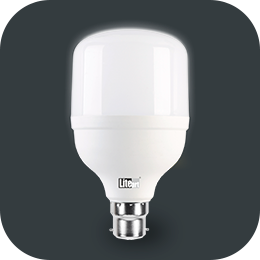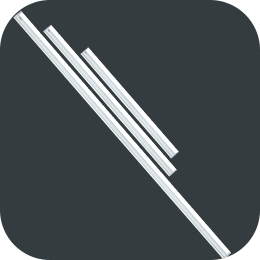
The Future of Illumination: Exploring LED Lighting
In the world of lighting, LED (Light Emitting Diode) technology has revolutionized how we illuminate our spaces. From energy efficiency to environmental impact, LED lighting offers a myriad of benefits that are shaping the future of illumination.
Introduction to LED Lighting
LEDs are semiconductor devices that emit light when an electrical current passes through them. Unlike traditional incandescent bulbs that rely on heating a filament to produce light, LEDs produce light through a process called electroluminescence. This technology has led to a significant reduction in energy consumption and heat emission, making LEDs more efficient and durable than conventional lighting options.
20% of Households switched to LED lighting In the Year 2020 in order to make houses more efficient. The move towards LED technology Is increasing As house owners Understand the importance of LED lighting. As the demand of LED lighting Is Growing Day By day, the manufacturing process is constantly developing to find the most cost-effective and time-efficient procedure.
Energy Efficiency and Cost Savings
One of the most significant advantages of LED lighting is its energy efficiency. LEDs consume significantly less power than incandescent bulbs and fluorescent tubes, translating into lower electricity bills and reduced carbon footprint. According to the U.S. Department of Energy, switching to LED bulbs can save up to 75% of energy compared to traditional lighting options.
Environmental Benefits
LED lighting is also environmentally friendly. LEDs do not contain hazardous materials like mercury, which is commonly found in fluorescent lights. Additionally, their energy efficiency reduces greenhouse gas emissions associated with electricity production, contributing to a greener planet.
Longevity and Durability
LEDs have a much longer lifespan compared to traditional lighting sources. While incandescent bulbs typically last around 1,000 hours and compact fluorescent lamps (CFLs) around 8,000 hours, LEDs can last up to 50,000 hours or more. This longevity reduces maintenance costs and the frequency of bulb replacements, making LEDs a cost-effective choice in the long run.
Design and Versatility
LED technology allows for versatile lighting designs and applications. LEDs come in various shapes and sizes, from tiny indicator lights to large area lights and even flexible LED strips. This versatility has enabled innovative lighting solutions across residential, commercial, and industrial sectors.
Applications of LED Lighting
- Residential Lighting: LEDs are widely used in homes for general lighting, task lighting, and decorative purposes. They are available in warm, neutral, and cool color temperatures, catering to different ambiances and preferences.
- Commercial and Industrial Lighting: LED lighting is extensively used in offices, retail stores, warehouses, and manufacturing facilities. Their long lifespan and durability make them ideal for environments that require consistent and reliable lighting.
- Outdoor Lighting: LEDs are commonly used for street lighting, parking lots, stadiums, and landscape lighting. Their directional light output and ability to operate in a wide range of temperatures make them suitable for outdoor applications.
- Specialized Applications: LEDs are also used in specialized applications such as automotive lighting, healthcare lighting, and horticultural lighting. Their ability to produce specific wavelengths of light makes them suitable for growing plants indoors and providing therapeutic lighting.
LED lighting plays a crucial role in achieving sustainability goals for individuals, businesses, and governments worldwide. By reducing energy consumption, lowering maintenance costs, and minimizing environmental impact, LEDs contribute to a more sustainable future.
LED lighting has come a long way since its inception, transforming the lighting industry and offering unparalleled benefits in terms of energy efficiency, longevity, and environmental impact. As technology continues to evolve, LEDs will likely become even more efficient and versatile, further solidifying their place as the lighting technology of choice for the future.
In conclusion, LED lighting is not just a technological advancement; it is a pathway to a more sustainable and brighter future. Whether you are looking to illuminate your home, office, or outdoor space, LEDs offer a cost-effective, environmentally friendly, and aesthetically pleasing solution.
For more information on LED lighting and how it can benefit your specific needs, feel free to contact us. Illuminate your world with LED technology and embrace a brighter future today!









